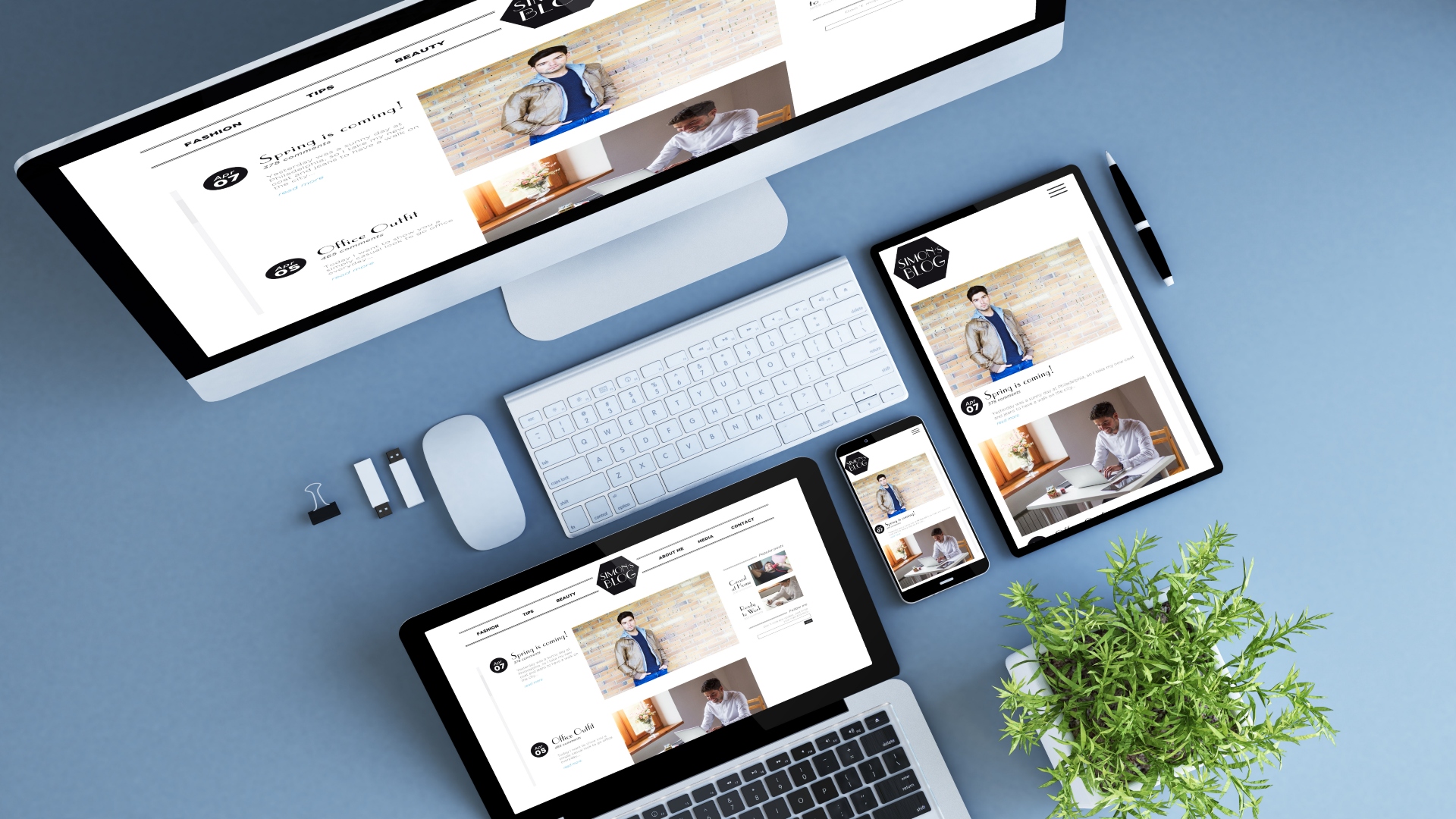Aligning business goals with the appropriate WordPress hosting can be a game-changer for companies, large and small. WordPress, being one of the most popular content management systems, offers flexibility and a wide range of options. However, for a business looking to maximize its online impact, choosing the right hosting solution is as crucial as the website design itself. Managed WordPress hosting can be particularly beneficial as it provides specialized services that optimize the performance of WordPress sites while giving business owners the peace of mind to focus on their core operations.
Selecting a WordPress hosting provider should be a decision that directly supports the business’s strategic objectives. Every company aims to garner a strong online presence, achieve higher search engine rankings, and ensure seamless user experiences. Managed WordPress hosting offers reliable uptime, enhanced security features, and superior technical support, which are vital for maintaining a professional online presence that aligns with business goals.
Understanding the relationship between business objectives and managed hosting features is key to making an informed choice. Whether it’s scaling for high traffic, requiring robust security for e-commerce transactions, or needing speedy content delivery networks, there’s a solution tailored to every business need. Engaging with a hosting provider that aligns with these goals will not only lead to a more robust online strategy but also contribute to achieving long-term business success.
Understanding WordPress Hosting
When aligning business goals with WordPress hosting, one must consider the various types of hosting available and the key features each type offers. It’s vital to match these offerings to the specific needs of a business to ensure a robust online presence.
Types of WordPress Hosting
Shared Hosting: This is the starting point for many small to medium-sized websites. In shared hosting, multiple sites are stored on a single server, sharing resources. It’s the most cost-effective option but can have limitations in terms of performance and scalability.
VPS Hosting: Standing for Virtual Private Server, VPS hosting provides a middle ground between shared hosting and dedicated hosting. Websites on a VPS share a server but have dedicated portions of the server’s resources. This allows for better performance and more customization.
Managed WordPress Hosting: A service where all technical aspects of running WordPress are managed by the host. This includes security, speed, WordPress updates, daily backups, website uptime, and scalability.
Dedicated Hosting: The most powerful and customizable option, dedicated hosting provides an entire server for a single website, offering maximum performance, security, and control.
Key Features of WordPress Hosting
Performance: Quality WordPress hosting ensures high-speed performance with features like caching, CDN integration, and optimized server configurations.
Security: Look for hosts offering comprehensive security measures including regular scanning for vulnerabilities, malware detection, and DDoS protection strategies.
Support: Reliable customer support is a must, ensuring help is available for troubleshooting, maintenance, and advice on best practices.
Uptime Guarantees: The best WordPress hosting services offer strong uptime guarantees, ensuring that your website remains accessible to users around the clock.
Selecting the right WordPress hosting type and features can significantly influence a business’s online success, making it a pivotal decision in aligning with business goals.
Aligning Business Goals
When aligning business goals with WordPress hosting, it’s crucial to ensure that the hosting service supports and enhances your strategic objectives. This aids in streamlining operations and ensuring that your digital presence aligns with your company’s vision.
Defining Business Objectives
Before selecting a WordPress hosting solution, one must first define clear business objectives. Objectives may include, but are not limited to:
- Enhancing online visibility
- Improving site performance and uptime
- Securing sensitive customer data
- Scaling resources in line with business growth
For instance, if the goal is to increase customer engagement, the hosting service should provide excellent uptime and swift load times to create a satisfactory user experience.
Evaluating Hosting Against Objectives
Evaluating potential WordPress hosting options involves matching hosting capabilities with predefined business objectives. Key factors to consider may include:
- Performance: Hosts should offer robust servers and caching for fast page loading.
- Scalability: As a business grows, so should the hosting plan, with options for upgrades and increased resources.
- Security: Comprehensive security measures are a must to protect a business’s online assets and customer data.
- Support: Reliable, around-the-clock customer support ensures that any issues are quickly resolved.
For businesses prioritizing rapid scaling, hosts offering quick resource allocation could be more aligned with their growth-related objectives.
Implementation Strategies
Effective implementation strategies are critical in ensuring that your WordPress hosting truly serves your business goals. Key elements to focus on include selecting an appropriate hosting plan and optimizing for performance – each step tailored to align with your business objectives.
Choosing the Right Hosting Plan
When selecting a hosting plan, businesses must consider their specific needs. A small blog with minimal traffic has vastly different requirements from a bustling e-commerce site. Hence, it’s important to:
- Evaluate the scale of operations and choose a plan that can accommodate current and future traffic levels.
- Look for providers offering scalable solutions that grow with your business, such as Managed WordPress Hosting.
- Assess the support and maintenance services included, as these can significantly impact the efficiency of your business operations.
Performance Optimization
After choosing the right hosting plan, optimizing performance is paramount. Even the best strategies can falter if your site doesn’t load swiftly or handle user interactions smoothly. Attention should be given to:
- Implementing caching solutions to speed up load times, ensuring a better user experience.
- Regularly updating WordPress core, themes, and plugins to maintain security and performance.
- Utilizing tools for image and content optimization to decrease page load times, which is essential for both SEO and user engagement.
Each step, from selecting hosting plans to performance tuning, should directly contribute to the overarching aim of advancing your business goals through a robust online presence.
Monitoring and Maintenance
Ensuring that business goals align with WordPress hosting involves diligent monitoring and maintenance. Through rigorous performance checks and timely scaling or upgrades, businesses can maintain a robust online presence.


















